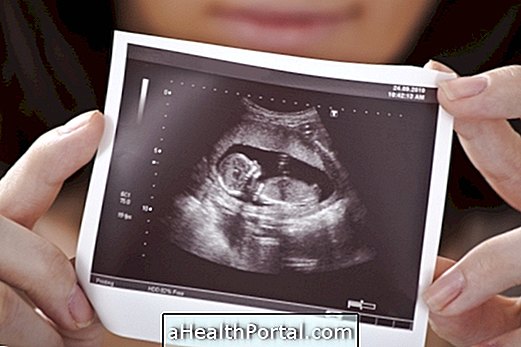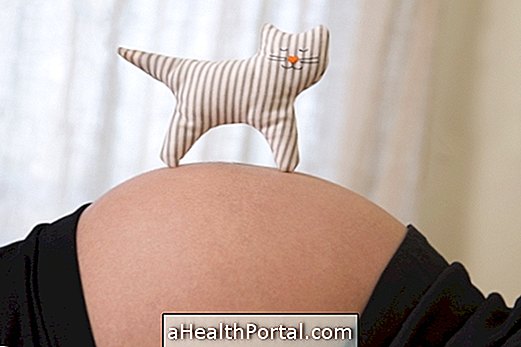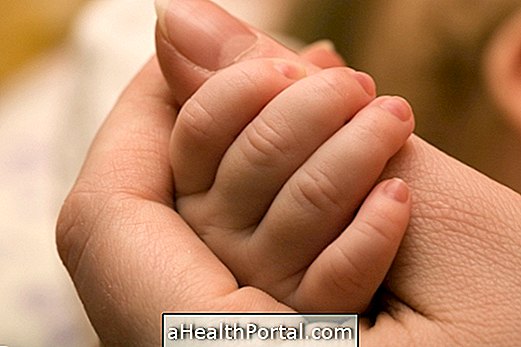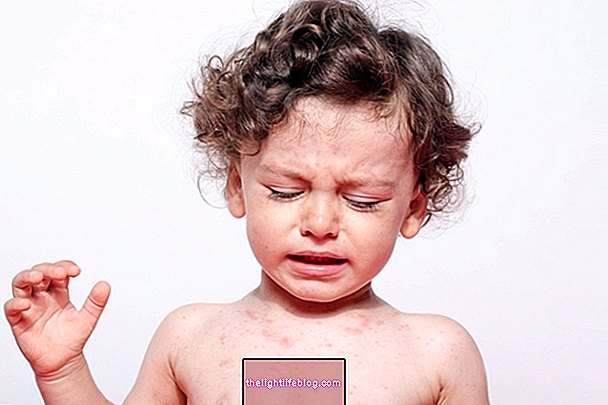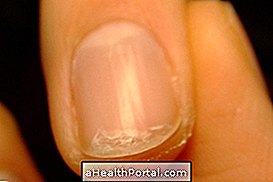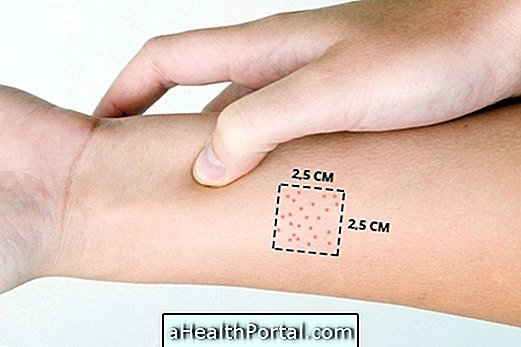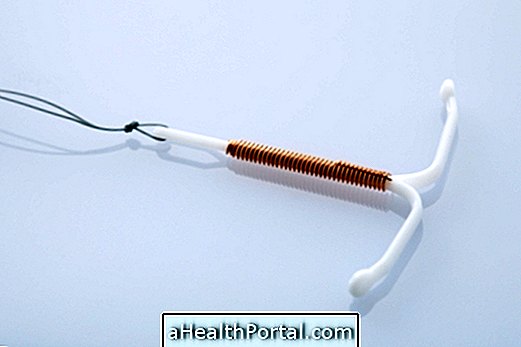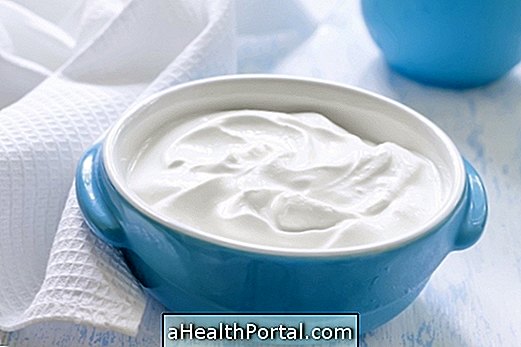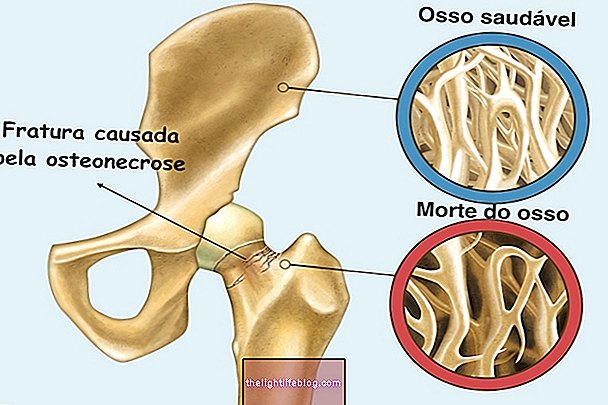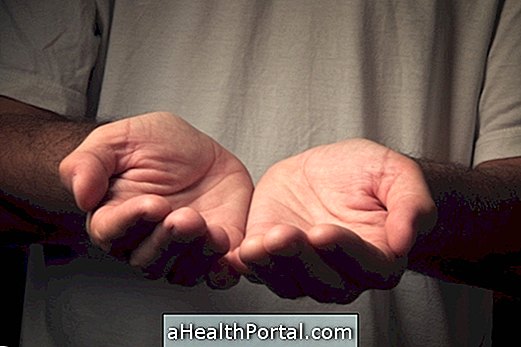Intense itching of the hands during pregnancy may be a sign of gestational cholestasis, also known as intrahepatic cholestasis of pregnancy, a disease in which bile produced in the liver can not be released into the intestine to facilitate digestion and eventually accumulates in the body .
This disease has no cure and its treatment is done to control the symptoms through the use of body creams to relieve itching, since the disease only usually improves after the baby is born.
Symptoms
The main symptom of gestational cholestasis is generalized itching throughout the body, which starts in the palm of the hands and soles of the feet, then spreads to the rest of the body. Itching mostly arises from the 6th month of gestation and worsens at night, and in some cases rashes may also occur on the skin.
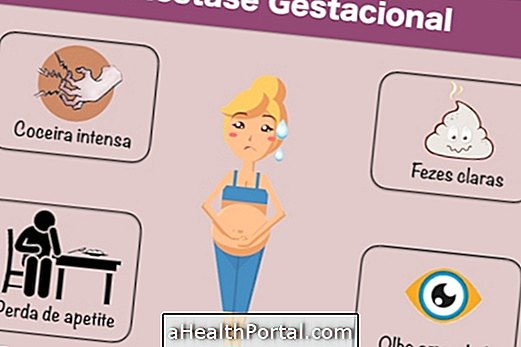
In addition, symptoms such as dark urine, yellow skin and whites of the eye, nausea, lack of appetite, and light or whitish stools may also occur.
The women who are most likely to develop this disease are those with a history of gestational cholestasis, who are pregnant with twins or who have had this problem in previous pregnancies.
Risks for the baby
Gestational cholestasis can affect gestation because it increases the risk of preterm birth or causes the baby to be born dead, so the doctor may recommend a cesarean section or induce delivery soon after 37 weeks of gestation. Find out what happens when labor is induced.
Diagnosis and Treatment
The diagnosis of gestational cholestasis is made through the evaluation of the patient's clinical history and blood tests that evaluate the functioning of the liver.
After being diagnosed, treatment is only done to control the symptoms of itching through body creams prescribed by the doctor, and may also use some medicines to decrease the acidity of bile and vitamin K supplements to help prevent bleeding, as this vitamin passes to be poorly absorbed in the gut.
In addition, it is necessary to retake the blood tests each month to check the progression of the disease, and repeat them up to 3 months after delivery, to make sure the problem has disappeared with the birth of the baby.
Other subjects you might like:
- What to Eat to Maintain Weight During Pregnancy
- Understand Why Pregnancy Fat in the Liver is Serious
